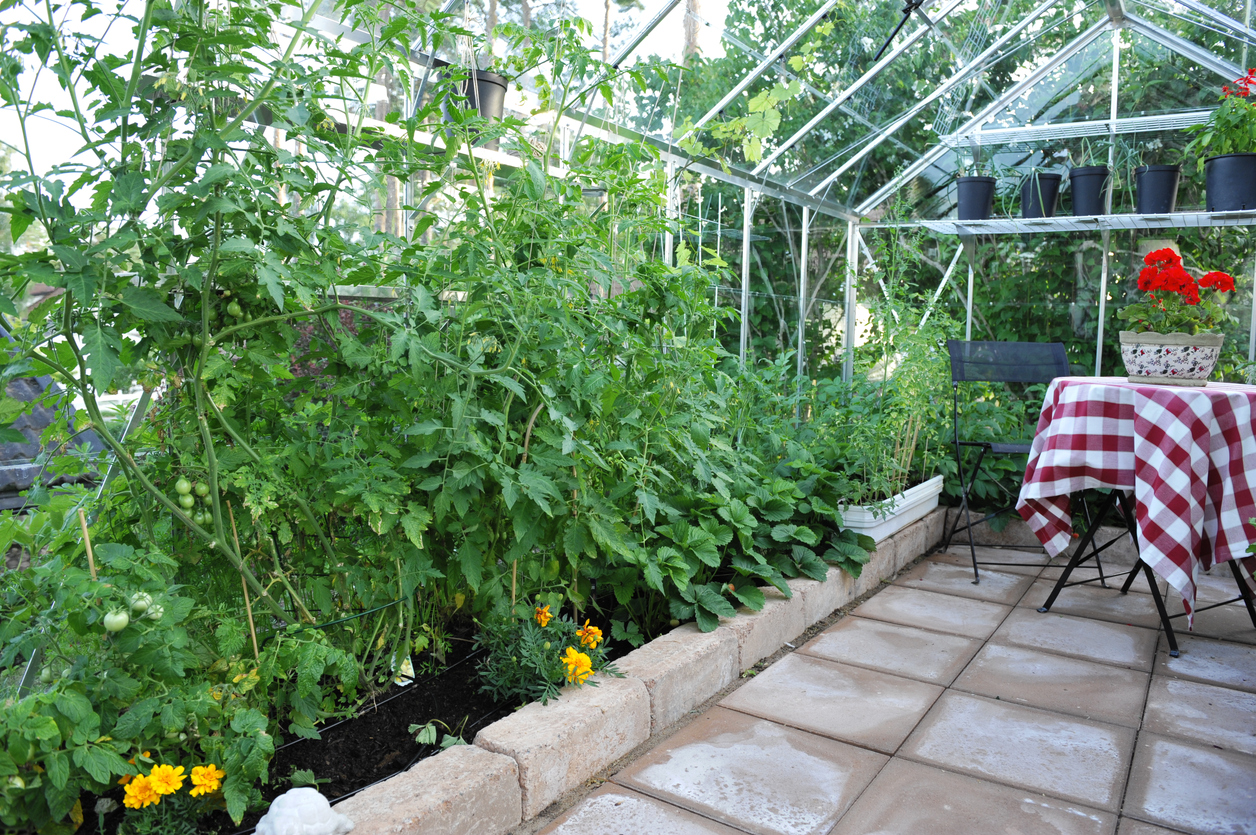How to Heat up Your Greenhouse in the Winter – Keeping Food Production Up

A greenhouse is an excellent and time proven system for protecting your non-hardy plants during the cold or winter months.
But in order for your greenhouse to work, it needs to be fully heated in order for the temperatures within it to be stabilized so your plants can survive.
You need to heat your greenhouse in the first place during the winter because during the summer, greenhouses can easily let in sunlight to preserve heat for your plants on the inside.
However, greenhouses also very easily allow heat to escape, and in winter environments where heat outside is practically non-existent with no sunlight, your plants are going to freeze.
Let’s talk about some different ways you can heat your greenhouse during the winter months:
ELECTRIC HEATER METHOD

This is the simplest option: you just heat up your greenhouse with an electric heater. Electric heaters are very easy to transport and you can move them around your greenhouse as you see fit, based on which plants need to be warmed the most.
You would be wise to purchase more than one electric heater so you can set them up at strategic locations around your greenhouse.
At least one heater will need to be in the center of your greenhouse, one at the front, and one at the end. If there are any plants that require more heat, then you can place your heaters closer to those plants.
Electric heaters do have one prominent disadvantage, and that is that they need power in order to operate. This obviously costs you money, not to mention the fact that if the grid goes down and your fuel supply is limited, you will need a backup option.
Therefore, while electric heaters are an overall great option for heating up your greenhouse, they should also never be treated as the only warming option. You will need back up options as well.
THERMAL MASS METHOD/HEAT SINK METHOD
Known as the thermal mass or heat sink method, this is a structure that you can use to trap and store thermal energy. After you have trapped the energy, it will then naturally release into the greenhouse whenever the temperature drops and keep your plants warm.
The larger the thermal mass is, then the more energy you will be able to store.
As far as which materials or resources you can use as your thermal mass, your best choice will be water. Water traps far more heat than dirt. By adding more water barrels into your greenhouse, the more heat you will be able to store and release.
INSULATION METHOD

You can also try to preserve heat in your greenhouse by simply insulating it. Insulation cannot add heat, but it can help to preserve the heat that is within your greenhouse by stopping it from escaping. Fleece blankets or bubbly wrap will work as your best insulation solution.
HEAT EXCHANGE METHOD

Finally, another method you can use to keep your greenhouse warm is known as the heat exchange method. A heat exchanger is simply a device that can transfer heat between two separate mediums. This is a superb addition or alternative to the thermal mass method.
Whenever your greenhouse gets hot during the day, the air within the greenhouse will be pump through underground pipes with an electric fan.
Then when night falls or when it gets cold outside, the condensation from the vapor will be produced, causing heat to be stored under the greenhouse.
When the temperature drops again, your electric fan will circulate the air back through your pipes and into your greenhouse, warming your plants. This is the method that many greenhouses around the globe use.
You will need to connect a heat exchanger to a power system such as a battery. Therefore, the heat exchange method is much like the electric heater method in that you will need to have a backup option that does not require power.
